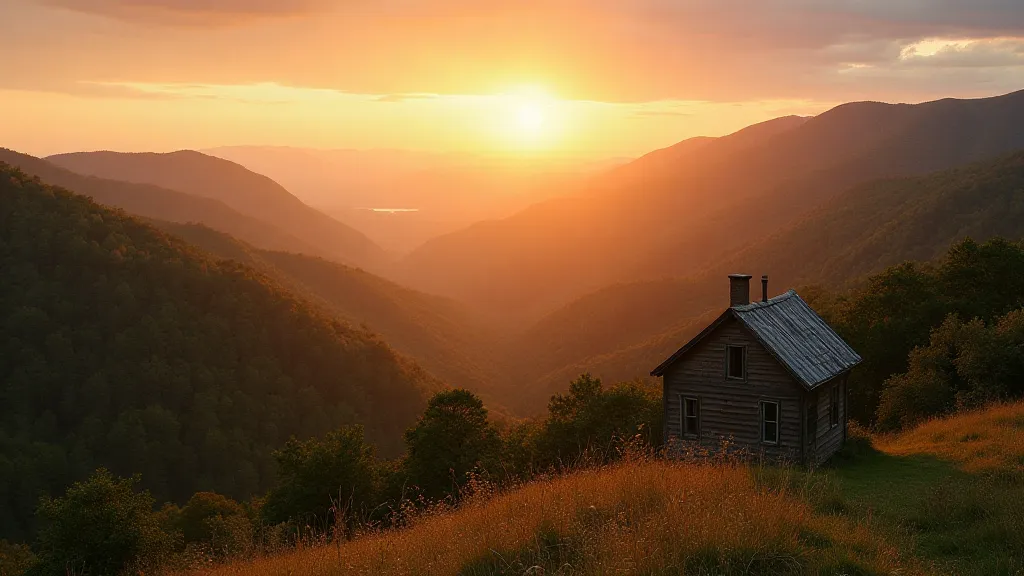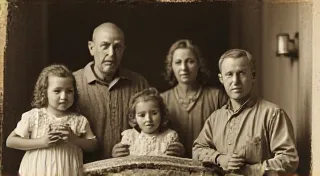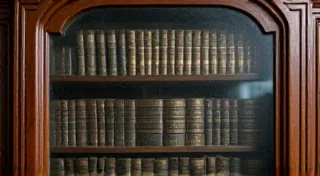The Moon's Shadow on Pronunciation: Shifts in Appalachian Vowel Sounds
There’s a peculiar beauty in the way time shapes things. Not just the slow decay of a weathered barn, or the gradual erosion of a riverbank, but also the subtle, almost imperceptible shifts in language. Here in Appalachia, those shifts resonate with a particular poignancy. They’re not just linguistic anomalies; they're echoes of a history steeped in isolation, resilience, and a unique blend of cultural influences. And nowhere is this more evident than in the fascinating, and often perplexing, changes in Appalachian vowel sounds – a phenomenon that has earned it a significant place within the study of regional dialects.
My grandfather, a carpenter by trade and a storyteller by nature, used to say, "Words ain't just what they mean, child. They're a feeling, a place, a memory." He’s gone now, but I still hear his voice, tinged with that distinctive Appalachian cadence, explaining how ‘time’ stretched differently here, how words lingered and evolved in a way they didn't elsewhere. He possessed a craftsman's appreciation for detail, for the way a seemingly insignificant change could alter the whole. I think he understood that language, like a finely-tuned accordion, required constant adjustment to maintain its unique sound.

The Core Shift: The Appalachian Vowel Chain
What exactly is this “shift” my grandfather alluded to? At its heart lies what’s known as the Appalachian Vowel Chain, a series of interconnected changes in how vowels are pronounced. It's a cascading effect, often triggered by a single initial change that then ripples through the vowel system. This isn't a recent development. Linguistic research suggests these shifts began as early as the 18th century, coinciding with the influx of settlers from diverse regions of the British Isles, primarily from the northern and western parts of England, Scotland, and Ireland.
One of the most defining characteristics is the "breaking" of vowels. Consider the word "ride." In standard American English, it’s pronounced with a diphthong (a combination of two vowel sounds). In many Appalachian dialects, it's pronounced with a distinct separation between the vowels, sounding closer to "rah-ide." This initial shift then impacts subsequent vowels, pushing them higher or lower in the mouth, creating a chain reaction of altered pronunciations. The effect is complex and varies significantly depending on the specific Appalachian region; what you hear in West Virginia might be quite different from what you hear in North Carolina.
Internal Dynamics: The Influence of Isolation and Community
Why did these vowel shifts happen, and why did they remain so persistent in Appalachia? A key factor is the region's historical isolation. Surrounded by the rugged Appalachian Mountains, communities were often geographically separated, limiting contact with the broader linguistic landscape. This isolation allowed unique pronunciations to solidify and diverge from standard English.
But isolation isn’s the whole story. Internal community dynamics also played a vital role. Appalachian communities often developed strong, tightly-knit social structures. Linguistic features, including vowel pronunciations, became markers of belonging – a way to signal identity and solidarity. Those who adhered to the community's established pronunciations were affirmed; those who deviated risked social exclusion. This created a powerful incentive to maintain the established linguistic norms. There's a beautiful parallel here with the meticulous care a craftsman takes with his tools, ensuring they are passed down, not just functional, but emblematic of a shared legacy.
External Contact: A Lingering Scottish Influence
While isolation helped preserve these unique vowel pronunciations, external contact did leave its mark. The dialects of the early settlers – many from northern England and Scotland – carried their own distinctive vowel characteristics. Notably, there’s evidence of a lingering Scottish influence, particularly in areas like southwestern Virginia and eastern Kentucky. This influence is most evident in the preservation of certain vowel qualities that have since disappeared from other parts of the British Isles.
The impact of later migration patterns is also significant. During the 19th and 20th centuries, increased mobility brought contact with other dialects, sometimes leading to a gradual erosion of these distinctive vowel sounds. However, the deeply ingrained nature of these features means they are proving remarkably resistant to change. The way a master accordion maker carefully selects materials, anticipating their long-term durability, mirrors this linguistic resilience – a testament to the power of deep-rooted cultural identity.

Beyond Pronunciation: A Tapestry of Cultural Memory
Understanding the shifts in Appalachian vowel sounds is about more than just phonetics; it's about understanding the region's history and its people. These pronunciations are not linguistic errors or deficiencies; they are living testaments to a unique cultural heritage.
Consider the word "home." In many Appalachian dialects, the vowel in "home" is pronounced closer to "hawm." It’s a subtle difference, perhaps, but it carries the weight of generations – of family farms, mountain traditions, and a deep connection to the land. When my grandfather spoke, those "hawms" and "rah-ides" weren’t just sounds; they were conduits to a past that shaped his identity and mine.
The Future of Appalachian Dialects
As Appalachia continues to evolve and interact with the broader world, the future of these vowel shifts remains uncertain. Increased mobility and exposure to standard English undoubtedly pose a challenge. However, there is also a growing awareness and appreciation for Appalachian dialects. Some Appalachian communities are actively working to preserve and promote their linguistic heritage, recognizing its importance to their cultural identity.
Ultimately, the sounds of Appalachia represent more than just words; they're a sonic landscape, etched with the stories of those who came before. They are a reminder that language is not static, but a dynamic force, constantly evolving and reflecting the rich tapestry of human experience. The echoes of those vowels, carried on the mountain winds, remind us to listen closely—to appreciate the subtle beauty of linguistic diversity, and to honor the voices of those who shaped the unique sound of Appalachia.






